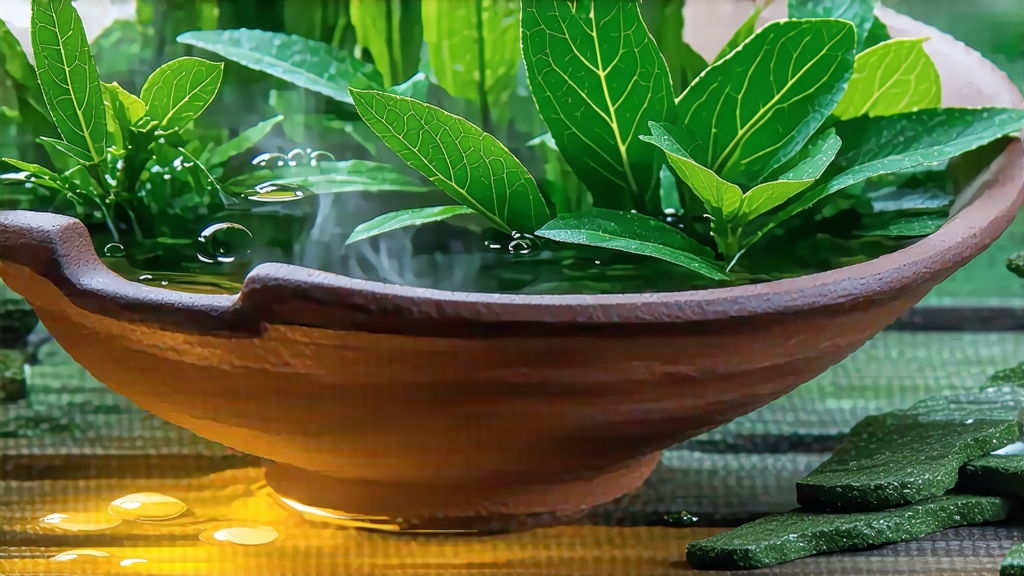
Tie Guan Yin, literally “Iron Goddess of Mercy,” is more than a tea; it is a cultural bridge that carries 300 years of Fujianese craftsmanship, Song-dynasty poetry, and modern sustainability debates in every curled, jade-green leaf. To the international palate it offers a paradox—orchid fragrance rising from roasted minerals, creaminess cut by a bright metallic snap—yet to Anxi county farmers it is simply “the tea that feeds the ancestors,” a crop whose price can still decide whether a daughter marries or a son goes to university. Understanding this oolong means listening to three intertwined stories: the legend of how a rusted iron statue guided a poor farmer to a tea that cured the magistrate’s disease; the agricultural miracle that turned rocky, fog-shrouded slopes into a UNESCO-designated heritage landscape; and the microscopic choreography of enzymes that are coaxed, shocked, and lulled into creating one of the most complex flavor spectra in the world of tea.
The cultivar itself is a botanical diva. Camellia sinensis var. sinensis ‘Tie Guan Yin’ is a late-sprouting, low-yield bush with oval leaves whose serrated edges curl inward like tiny green claws. It demands acidic, well-drained lateritic soil rich in iron oxide—hence the county’s name “Anxi,” meaning “Peaceful Creek,” where red earth meets subtropical mist. While the original Hongxin (“Red Heart”) clone is still revered for its haunting aroma, farmers now also plant Waiwei TGY, a hardier cousin that ripens ten days earlier, and the rare Jinxuan TGY hybrid that adds milky notes to the classic orchid bouquet. Each micro-variety responds differently to the same craft, giving rise to the saying “seven miles, seven flavors,” meaning the tea changes character every few valleys.
Harvest begins when the last spring rains have swollen the leaf cells but before the Qingming festival heat turns sap bitter. Pickers pluck the standard “fish-leaf” set: one terminal bud flanked by two semi-mature leaves, ideally before 10 a.m. while dew still guards the aromatics. Within minutes the baskets travel to the village factory, a tiled courtyard where bamboo trays clatter like castanets and the air smells of rain-soaked basalt. Here the leaf enters the most intricate processing cycle in oolong manufacture, a 24-hour ballet divided into six acts: sun withering, indoor withering, shaking, fixation, rolling, and baking.
Sun withering looks casual—leaves are scattered on reed mats under a slanted sun—but the goal is precise: reduce moisture to 70 % while jump-starting hydrolysis of aroma precursors. After twenty minutes the real drama begins indoors. Trays are stacked on iron racks and the leaf is “shaken” every hour, a motion that bruises edges without breaking veins, allowing ambient enzymes to oxidize polyphenols in a rim of amber that Chinese tasters call “golden ring of the red edge.” Masters judge readiness by the sound leaves make when tossed—too crisp and oxidation will stall, too limp and the liquor will muddy. When the fragrance shifts from cut grass to ripe peach, the leaf is rushed to a 200 °C drum roaster for a 3-minute “kill-green” that halts oxidation at roughly 30 %, the sweet spot between green tea brightness and black malt.
While still hot, leaves are wrapped in square cloth bundles and fed into a roller that looks like a cotton candy machine gone martial. Thirty seconds of centrifugal compression followed by hand-unwrapping, repeated sixty times, twists each leaf into the characteristic “dragonfly head, toad leg” shape. The tighter the roll, the slower the release of aromatics during later infusions—a secret weapon for gongfu competitions where champions coax twelve brews from five grams. Finally the leaf is baked, traditionally over longan-wood charcoal whose infrared heat penetrates without scorching. Modern producers alternate charcoal with electric ovens to satisfy EU pesticide standards, yet the most sought-after lots still spend 36 hours resting in bamboo baskets above dying embers, absorbing a whisper of smoke that marries with the cultivar’s natural honey note.
Classification within Tie Guan Yin follows a sensory spectrum rather than a legal DOC grid. At the green end lies “Zhengchao” or “clear aroma” style, minimally baked, electric jade in color, releasing a burst of lily and fresh cucumber. In the middle sits “Xiaoqing” or “light roast,” a honey-gold liquor that balances orchid with